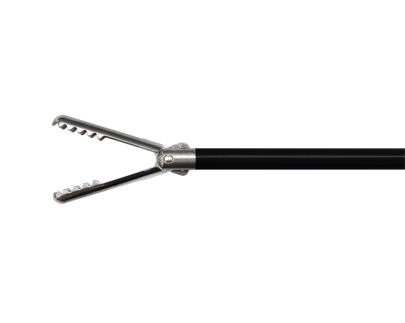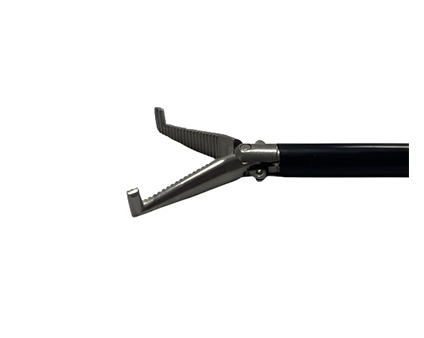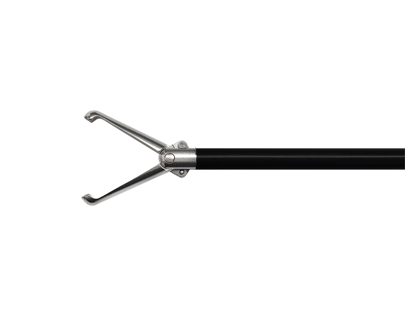Overview and Applications of Endograsper in Minimally Invasive Surgery
With the continuous progress of medical science and technology, minimally invasive surgery and endoscopic technology have become important milestones in the modern medical field. As an important technology in the field of modern medicine, minimally invasive surgery plays a pivotal role in clinical practice with its unique advantages. It not only effectively shortens the recovery time of patients and reduces pain, but also provides doctors with more precise treatment means and advances the development of the whole medical industry.
Principle and Characteristics of Minimally Invasive Surgery
Minimally invasive surgery is a surgical technique that enters the human body through small incisions or natural orifices and utilizes medical devices such as endograsper. The surgeon directly observes the patient's body through endoscopes and other tools to perform precise operations, reducing the risk of surgery. Minimally invasive surgery reduces post-operative pain and wound healing time and lowers the risk of infection compared to traditional open surgery. Patients usually recover faster after minimally invasive surgery, with reduced hospitalization time and a quick return to normal life.
Advantages of Endoscopy
The endograsper has always played a pivotal role in minimally invasive surgery as one of the most important and indispensable tools. Endoscopes have a high definition imaging system. With the endograsper's manipulation of it, the surgeon can perform tissue biopsies, cell harvesting, and other operations to obtain accurate pathology samples for pathological diagnosis. Endoscopes can be used not only for observation, but also for some minimally invasive surgical interventions such as tumor removal, stone removal, and lesion removal.
Multifunctionality of Endoscopes
The clinical application of endo clinch grasper can be categorized into two aspects: diagnosis and treatment. It enters the body through the natural lumen of the human body or through small incisions in surgical rows, enabling precise and safe diagnosis and treatment functions to be realized. Different types of endoscopic systems have different structures and working principles, and can be widely used in different departments, such as gastroenterology, hepatobiliary surgery, cardiothoracic surgery, urology, and so on. Among them, endoscopy is recommended by various expert consensus as an important means of early cancer screening.
Application in Minimally Invasive Surgery
Digestive tract surgery: Endoscopic submucosal dissection can precisely remove benign tumors and early cancerous tissues under the mucosa of the digestive tract without the need for traditional open surgery.
Urological Surgery: Doctors can utilize tools such as ureteroscopes and cystoscopes to enter the urinary system through the urethra to perform procedures such as stone removal and stricture dilation, greatly reducing the pain of patients.
Gynecological surgery: In hysteroscopic surgery, lesions in the uterine cavity can be observed under direct vision, and surgeries such as removal of endometrial polyps and removal of uterine fibroids can be performed with less surgical trauma and faster recovery.
The non-invasive diagnostic and therapeutic methods offered by endograsper not only help to improve the early diagnosis and treatment of diseases, but also help to minimize patients' pain and recovery time. With the continuous innovation and improvement of the technology, minimally invasive surgery and endograsper are expected to show greater application potential in more fields, bringing more possibilities for medical diagnosis and treatment, and making greater contributions to the cause of human health.



